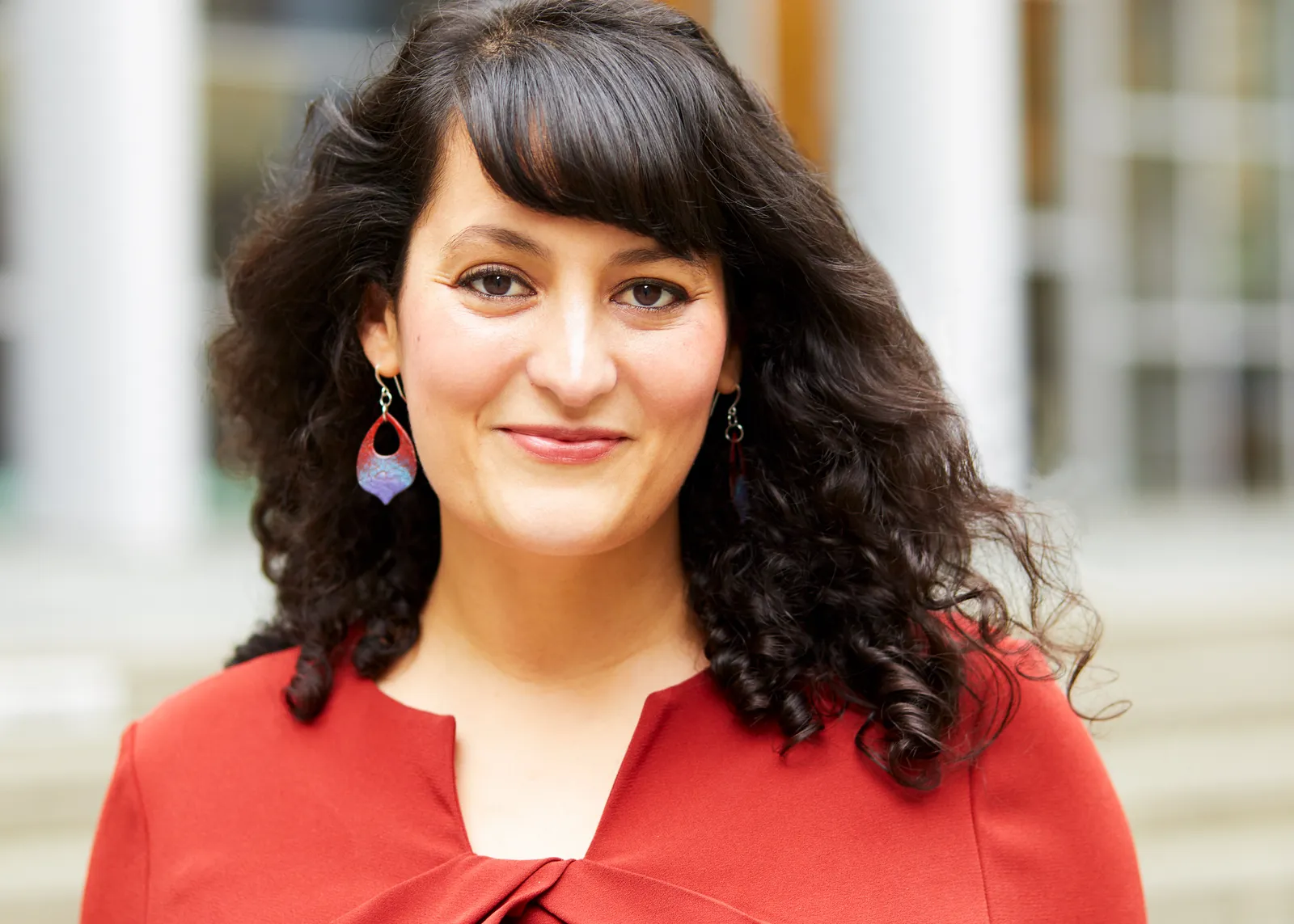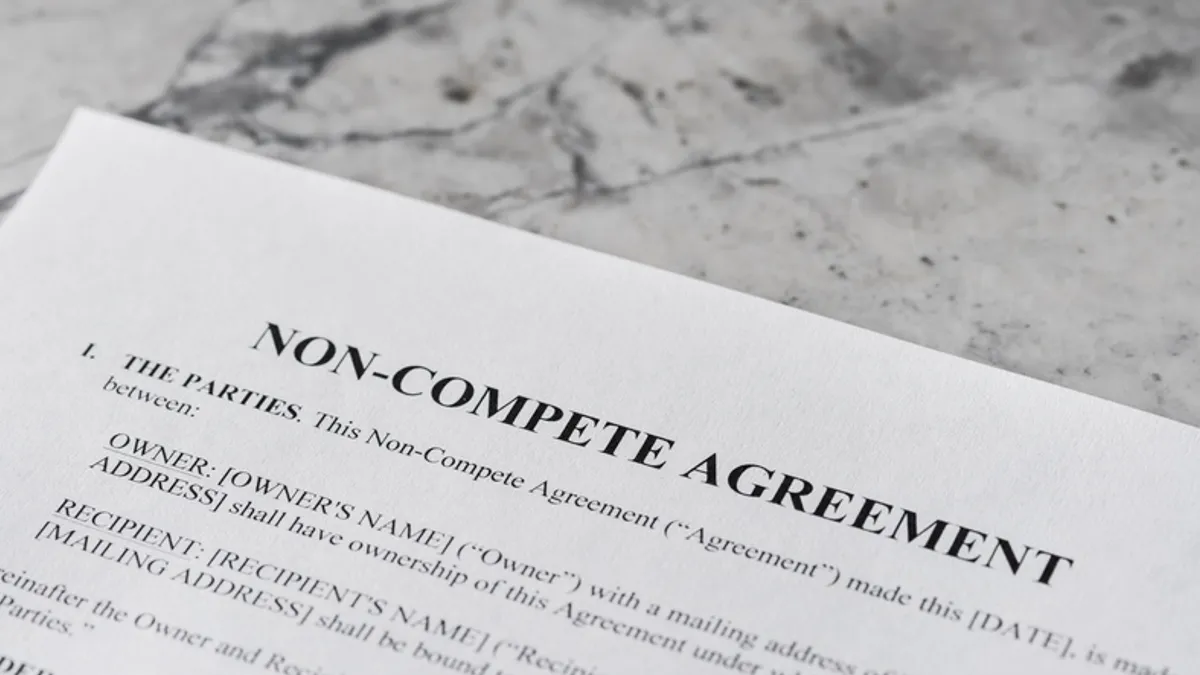Jacqueline Schafer, the founder and chief executive of legal software company Clearbrief, once had colleagues questioning her sanity. A former litigation associate at Paul, Weiss in Manhattan, Schafer traded the firm for a legal career in Alaska state government, where she worked as an assistant attorney general and appellate litigator.
“I remember being in the elevator at Paul, Weiss and telling them I was moving to Alaska, and people just looking at me like I was insane,” Schafer said.
A few years later, after working as an assistant AG in Washington state and in-house counsel with a national nonprofit, Schafer, a Philadelphia-area native, founded Clearbrief four years ago with the goal of improving legal briefs by locating and highlighting the relevant evidence a lawyer needs to buttress an argument.
Clearbrief functions as an add-in to Microsoft Word, the bedrock of most legal briefs. When raising funds to launch Clearbrief, Schafer says, investors deemed a Word addition as “really dinky” in terms of technology ambition. “Today, people are raising hundreds of millions of dollars trying to build Word add-ins, because that’s the place where lawyers do their writing and their thinking,” she said.
The software will analyze a brief to detect legal citations and find the case law for it. The software also displays factual documents – via an “Add Fact Cite” button – to bolster with evidence assertions a lawyer includes in the brief. Clearbrief can also generate a hyperlinked timeline to create a chronology of events within the Word document using AI to summarize each date, with a link to the source.
In January, the Seattle-based company announced a partnership with LexisNexis to allow access to legal citations and content for their joint customers.
Editor’s note: Legal Dive’s conversation with Schafer has been edited for clarity and length.
LEGAL DIVE: AI seems to generate the most buzz in legal technology these days. What’s your view on its adoption among lawyers, people who are skeptical by nature of things that can cause them headaches?
JACKIE SCHAFER: Our product is still about 80% classic software product – I like to say natural language processing. Some of our absolutely most popular tools don’t have any generative AI in them. Like the Add Fact Cite – displaying the citations for an easy cite – checking our instant table of authorities tool. We like to say it’s so simple a partner can do it. I can write this amazing brief, but if my citations are sloppy, if my exhibits are not perfectly formatted, it’ll get rejected and or it’ll get criticized and torn apart by opposing counsel. So, when it comes to generative AI, I think you really have to prove yourself. I think there’s a bit of fatigue among legal tech buyers right now, so it really helps us prove ourselves to come in and just knock it out of the park with our core platform, and then we say, OK, you trust us. Let us show you how we’ve incorporated generative AI. We’ve done it in a very specific way.

I think that approach works well when buyers are fatigued and they feel like there’s so much hype in the industry. It’s really just about proving yourselves to the lawyers, to the business professionals who are working with lawyers. When they use it themselves, they give that feedback like, wow, this is the first time I've seen generative AI that I actually used in my document that I filed with the court. A lot of generative AI right now, it’s fun to brainstorm with, but that’s not really good enough when you have a brief due, right?
What’s the source of that fatigue?
If you are someone at a law firm who is evaluating vendors, there are just so many vendors right now. It feels like a gold rush of people just starting companies. It’s like a wrapper on ChatGPT. They haven’t put a lot of thought into the architecture of the product. They haven’t put a lot of thought into how we integrate with the repositories that lawyers use, or how we ensure the strictest security and confidentiality requirements.
And so, they make all these promises of what they can do. If you’re working with vendors, you get so many emails just coming to you, constantly, touting things. And then it becomes hard to cut through and figure out, OK, what actually is real? What’s a product that I can put in front of the chair of my executive committee? What can pass my infosec (information security) process?
What brought you to founding Clearbrief and what problems were you trying to solve?
When I was at Paul, Weiss there was such an intense pressure on filing written work that meets the highest standards of perfection. You’re really brief writing as a team, and there’s a huge amount of stress. It’s a difficult scramble that happens before something gets filed. The scramble that has to happen to make sure every single citation in the document is accurate, to make sure that you had your head around hundreds or thousands of pages of evidence.
There was a really formative experience that I had around the time when I was living in Seattle and learning more about AI and natural language processing. I was handling a pro bono asylum case where I was representing a mother and her toddler. And in asylum cases you tend to have one final hearing. I submitted a 50-page brief with the minimal evidence that I had. In some cases, people are fleeing and so they don’t have a lot of documentation. But we walked into the final hearing, and I pretty much immediately could tell from the judge’s demeanor that he was pretty hostile towards me and my client, and it was just a horrible sinking feeling. Basically, we’re going to lose – a he-hates-us kind of thing.
But there was a moment where I pointed the judge to one of the exhibits to my brief, which was a declaration from a therapist, saying, I truly believe this is one of the most traumatized people I’ve ever met. And the judge looked at that and he believed the evidence. He believed that declaration. We won, and he granted them asylum. That was such a powerful example of what I had seen many times in my career as an advocate, where, if you can point the judge and the decision maker towards the evidence and let them experience it themselves, that is powerful.
How do you see GenAI evolving in legal, and especially for the in-house legal world?
When it comes to in-house legal departments, for years their main task has been contract lifecycle management, and there’s a lot of other areas where legal ops can add value, and one of those main areas has to do with pre-litigation – avoiding litigation. That includes compliance. That includes internal investigations. That includes responding to nasty letters that you get from government agencies or attorneys. That’s where our customers are really focusing. They’re using Clearbrief for that pre-litigation sort of daily work so they can avoid the really costly, expensive lawsuit that happens down the line. And when they do have a lawsuit, then their goal becomes, how do we collaborate better with our outside counsel? How do we keep costs reasonable for these matters? How do we get to a resolution so that this doesn’t drag on forever? Those are all areas that are really fruitful for generative AI tools like Clearbrief, and that’s really where our focus now is starting to expand. We’ve been working with several in-house legal teams at the largest global corporations over the last year and a half: bespoke solutions for in-house that use generative AI just for those items that they want to handle internally.
Will GenAI be revolutionary in legal work?
I think it’s already revolutionary because of how it’s gotten lawyers and business professionals who work with lawyers to pay attention to technology in a way that we weren’t being asked to pay attention before. So to me, that is a huge sea change.
What made you want to attend law school?
I was an English and French major, and I’ve always loved languages and writing, and felt like that was really where my strengths are. And, you know, I had thought also about the arts. I'm a musician as well, and I've always been interested in theater. And at one point I thought I would want to do something, maybe in the music industry, maybe as a lawyer, behind the scenes. One summer I interned in college for VH1, and I decided it was unfulfilling to be behind the scenes, working with musicians when you were an artist at heart.
How did you get started in your career?
I started my career in Big Law at Paul Weiss in New York, and then I spent several years as an assistant attorney general in Alaska and Washington state, where I did appellate work, complex litigation – briefing, arguing cases before the state Supreme Court. And I was also in-house counsel for several years, at one point, for an Alaska Native oil and gas company, and then for a $3 billion national nonprofit that’s bringing data science to child welfare agencies. And so in those roles, I was managing litigation and outside counsel, but also learning about data science, because I was advising the data science team. So that’s one of the places where I started to learn about AI. And this was around 2020, when I decided to found Clearbrief.
You moved from the Paul, Weiss salary to state government. Did people say to you, ‘What’s going on here? What are you thinking?’
Yeah, so it definitely was part of an important personal decision, which was that I met my now-husband, who was based in Alaska, and we had a long distance relationship for a while. Ultimately, I thought, let me see if I can get a legal job in Alaska. And I had the opportunity to do that, so I decided to take a really big leap, which I do think set the stage for me to later found my own company. I had to get used to this feeling of doing something that would just be strongly opposed by my family, by everybody.
That’s a very long flight from New York.
It is. It was too long. But it was great, because Alaska has a really wonderful legal community where I felt like I knew a lot of the people and had the audience to really spread my wings and handle fascinating cases and new areas of law. So it was an incredible professional opportunity for me.



















